T4K3.news
Vacuum dehydration wins room temperature drying
A new method dries fruit at room temperature using vacuum and calcium chloride, cutting energy use.

Researchers demonstrate a room temperature dehydration method that uses vacuum and calcium chloride to dry fruit with reduced energy use.
Vacuum dehydration dries fruit at room temperature using calcium chloride
A room temperature dehydration system uses vacuum and a calcium chloride solution to remove moisture from fruit. In a pilot test, mango and apple slices reached about 30 percent moisture, removing roughly 95 percent of the original water and matching levels seen in commercial dried fruit. The setup places fruit on three screens above a container of calcium chloride and compares standard air pressure with a vacuum. Under vacuum the drying was consistent, while standard pressure produced uneven results across tiers.
Mango slices kept a bright yellow color under vacuum, while apples darkened in both methods. Scanning electron microscopy showed starch granules breaking down in all samples, with more damage under standard pressure. The vacuum helps slow deterioration and retain freshness. The study notes that the collected water from the calcium chloride can be evaporated and the reconcentrated salt solution reused in further dehydration cycles, suggesting a potential closed loop for industrial use.
Key Takeaways
"the collected water in the calcium chloride solution can be removed by evaporation"
statement on water reuse potential
"the vacuum-assisted method slows down deterioration mechanisms and retains freshness"
color and texture preservation claim
"reconcentrated calcium chloride solution can be reutilized in more dehydration cycles"
reuse of materials
If scaled up, this approach could cut energy use in food drying by replacing heat with vacuum assisted by a salt solution. It blends energy efficiency with a focus on preserving texture and color, a key concern for consumer appeal. The idea also raises questions about cost, maintenance, and safety in commercial plants.
Challenges remain before the method can replace conventional dehydrators. Equipment costs, handling of calcium chloride at large scale, and ensuring uniform results across big batches are all hurdles. Researchers will need to optimize cycle times and manage waste streams while validating safety and regulatory compliance. If solved, the concept could influence how the industry designs sustainable drying lines for fruit and other perishables.
Highlights
- Room temperature dehydration could reshape food preservation
- Vacuum helps retain color and freshness in fruit
- Recovered water can power new cycles in dehydration
- This method hints at a closed loop in food processing
A practical path toward greener snack production may emerge from a careful balance of cost, safety, and scale.
Enjoyed this? Let your friends know!
Related News
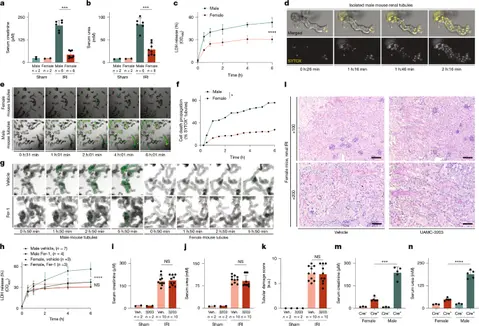
Estrogen protects kidneys from ferroptosis

Eight evaporative coolers tested for energy savings
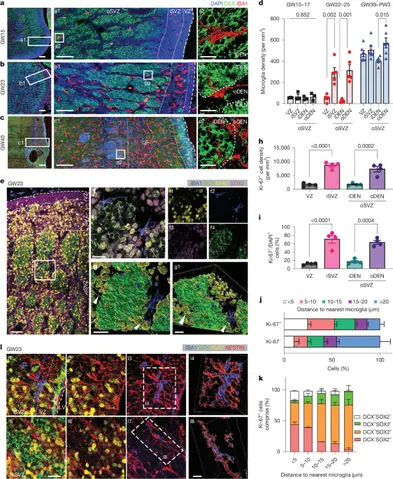
Study reveals microglia regulate GABAergic neurogenesis

English vineyards see a tourism boom
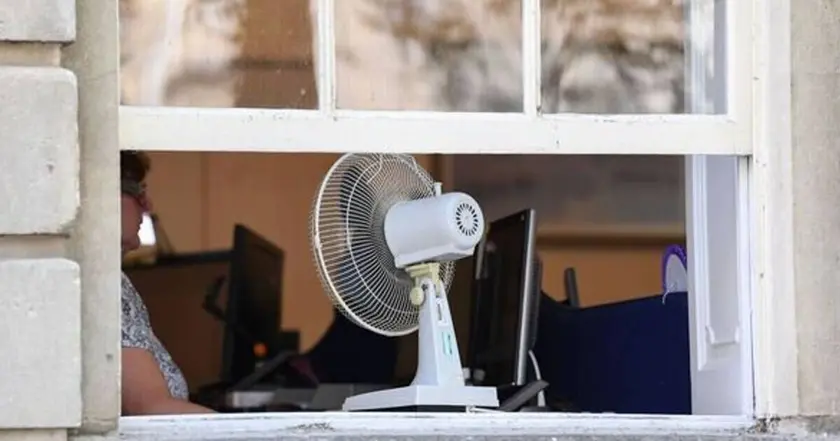
Heat guidance update

Families overlook key health precautions for summer travel
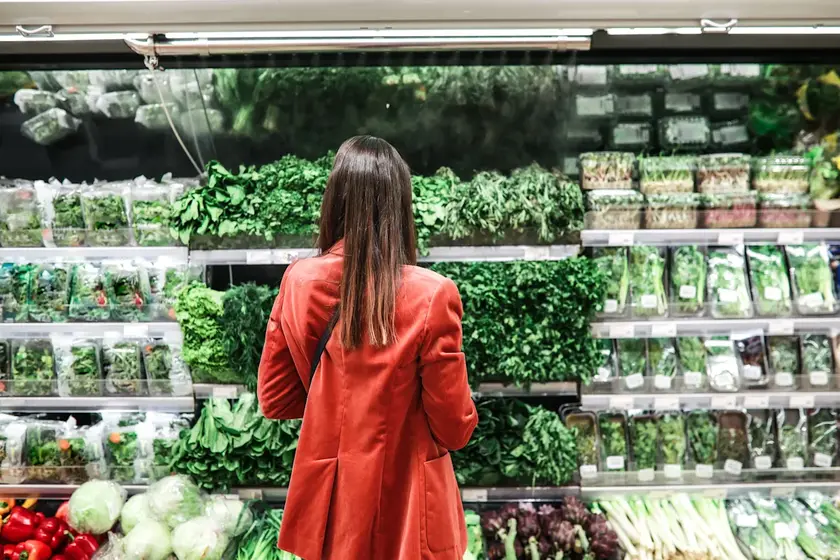
Spike in food poisoning cases reported in the UK
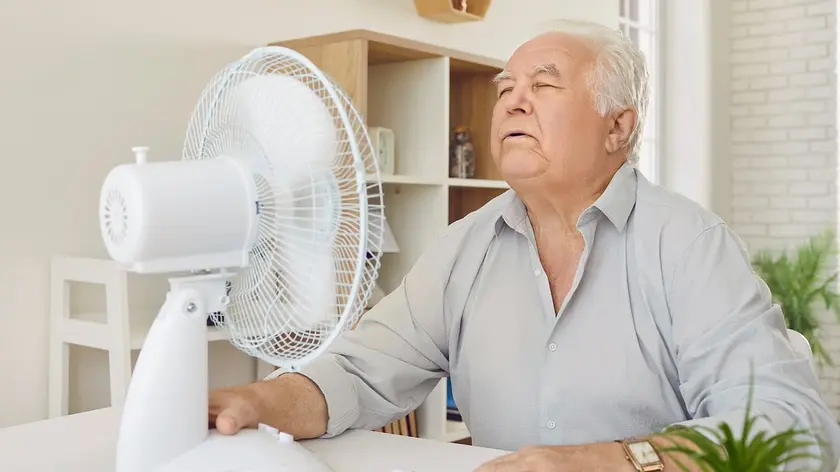
Fans may worsen heat risk when dehydrated
